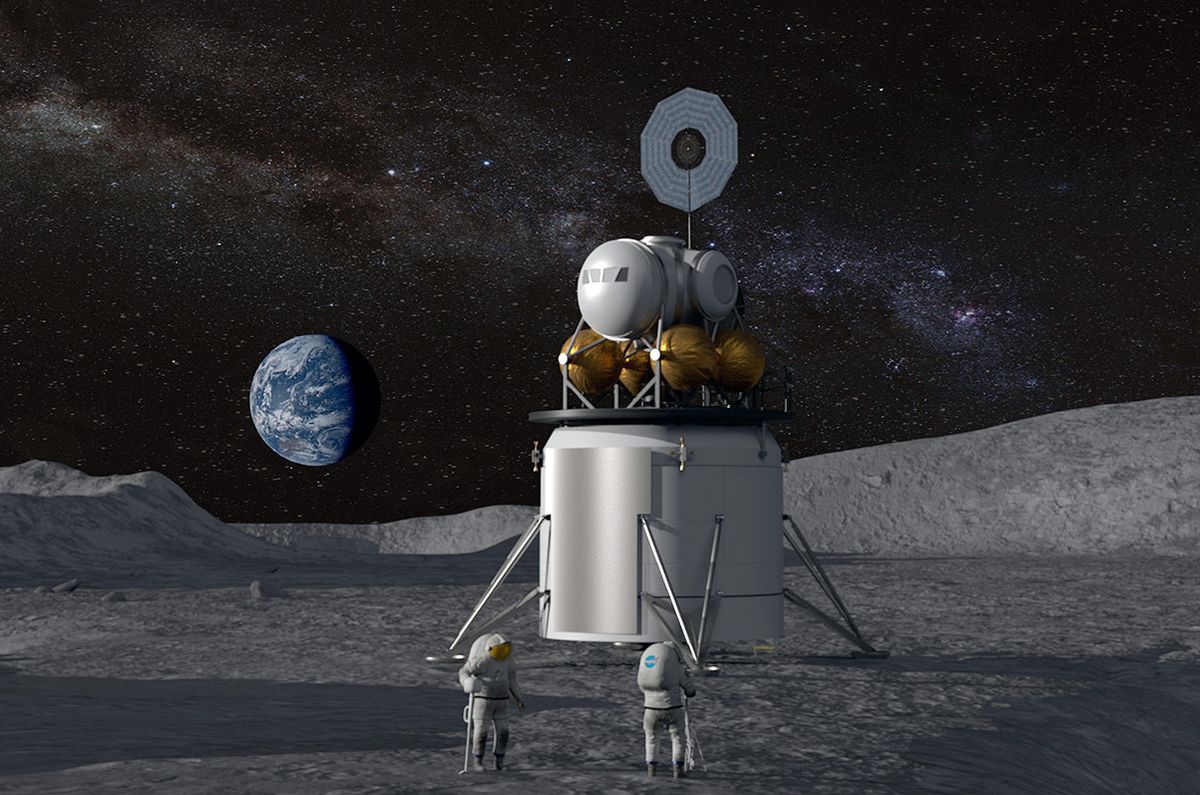NASA, in partnership with leading aerospace companies, has revealed a groundbreaking lunar habitat prototype, a critical advancement for the Artemis program’s goal of establishing a sustainable human presence on the Moon. The prototype, successfully tested at NASA’s Johnson Space Center on June 16, 2025, demonstrates the feasibility of long-duration lunar living and supports broader ambitions for crewed Mars exploration.
The habitat, developed with contributions from Lockheed Martin, Northrop Grumman, and Axiom Space, is a modular, self-sustaining unit designed to withstand the Moon’s harsh environment, including extreme temperatures, radiation, and micrometeorite impacts. Measuring approximately 1,000 square feet, the prototype features advanced life support systems, 3D-printed construction elements, and autonomous robotics for maintenance. During the June 16, 2025, test, the habitat maintained stable conditions for a simulated crew of four over a 30-day period, exceeding performance expectations.
“This milestone brings us closer to a permanent human presence on the Moon,” said NASA Administrator Bill Nelson in a statement issued on June 16, 2025. “The Artemis program is not just about returning to the Moon—it’s about building the foundation for deep space exploration and inspiring the next generation of scientists and engineers.”
The successful test aligns with the Artemis program’s timeline, which aims to land astronauts on the lunar surface by 2027 and establish a lunar base camp by the early 2030s. The habitat prototype incorporates lessons from the International Space Station and leverages innovations in sustainable energy, including solar arrays and nuclear power systems. NASA estimates the project will create thousands of high-skill jobs across the U.S., with manufacturing hubs in Texas, California, and Alabama.
Experts highlight the prototype’s significance for national interests and global collaboration. “A sustainable lunar habitat positions the U.S. as a leader in space exploration while fostering international partnerships,” said Dr. Ellen Ochoa, former NASA astronaut and director of the Johnson Space Center, during a June 16, 2025, briefing. The habitat is designed to support multinational crews, with contributions from the European Space Agency and Japan’s JAXA.
Challenges remain, including scaling production for lunar deployment and ensuring cost efficiency. NASA is addressing these through public-private partnerships, with private companies expected to shoulder a significant portion of development costs. Environmental concerns, such as minimizing lunar surface disruption, are also being prioritized, with the habitat designed to use in-situ resources like lunar regolith for construction.
Construction of a flight-ready habitat is set to begin in 2026, with deployment planned for the Artemis V mission in 2029. As NASA advances toward a lunar base, the prototype underscores America’s commitment to leading the next era of space exploration.

